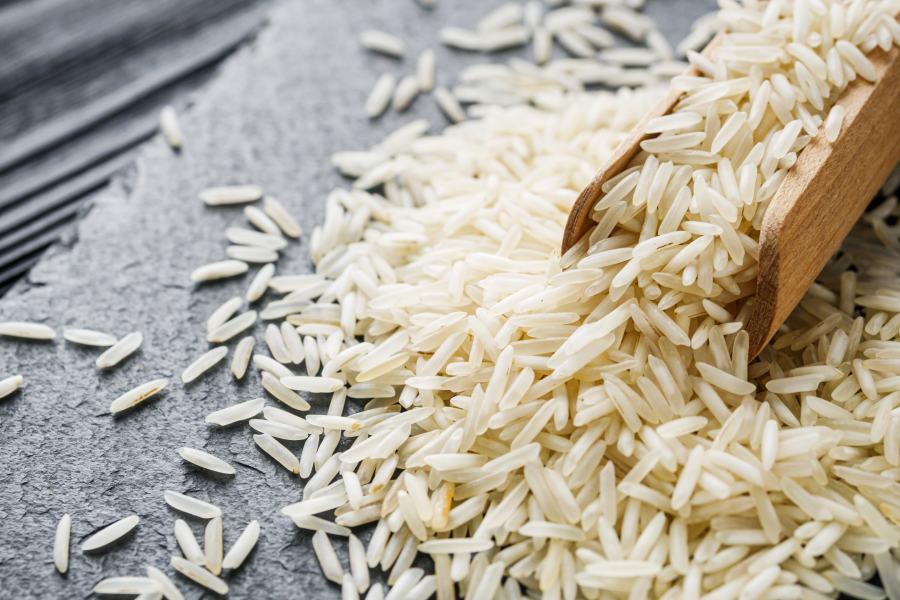 |
Changing the colour of one’s eyes, they say, brings about a significant change in appearance. Shah Rukh Khan in Baazigar is a case in point. He did so to avoid detection. On the other hand, Komolika in the serial Kasauti Zindagi Kay opted for a change of lenses to add diverse shades to her vamp-like image. In real life, though, changing eye colour is more of a fashion statement. And the “have money, will spend” attitude of Generation Y makes the task simpler. Small wonder then that cosmetic contact lenses have flooded the market. They come in all colours of the rainbow and imaginable designs ? starting from zebra stripes, leopard prints to national flags of countries.
But then, high fashion comes at a price and, in this case, it may be at the cost of your eyesight. Not that leopard prints or patterned lenses can turn you blind. Jyotirmoy Dutta, head of the department of ophthalmology, Burdwan Medical College, assures, “Patterned contact lenses don’t harm the eye because all the designs are on the surface. So there is no damage to the cornea.”
But what can damage the eye is the use of cheap contact lenses bought over the counter. A common practice today, it’s the small time traders and opticians who are making hay while coloured lenses are all the rage. Opticians, especially in Bowbazar and in the neighbouring areas of Fancy Market, do not insist on any prescription. Often, the lenses come without a minimum retail price and are, therefore, dirt cheap. While the price for cosmetic lenses varies between Rs 90 and Rs 800, powered lenses range between Rs 700 and Rs 1,200.
Traders, however, do not feel there is anything wrong with selling lenses at cheap prices or over the counter. “Eventually, it is the responsibility of the manufacturers, not the dealers,” reasons S. Subrahmanya, regional marketing manager, Lawrence and Mayo.
But manufacturers aren’t willing to take responsibility either. “Dispensing lenses is totally in the hands of the eye care practitioners (ECPs ? opticians, ophthalmologists and optometrists) and it is they who push unbranded and imported lenses (which don’t even have an MRP) because of the higher profit margins,” says Ferdinand Sarfati, general manager, ASEAN and India, Johnson and Johnson Vision care.
Unfortunately, the cheap prices and easy availability of contact lenses sold without a prescription have resulted in a steep increase in the sales of these cosmetic lenses. What’s worse is that youngsters feel it is fashionable to swap lenses and colour co-ordinate the outfit with one’s eyes. Recalls Ishika, an aspiring model, “I have four pairs of cosmetic lenses but once my make-up man gave me a pair of violet-coloured lens to go with my costume. He said it would be fine if I washed the lenses.”
But that’s a misconception, points out Subrata Rakshit, one of the directors of Farsight Eye Research Centre in Calcutta. “Scientifically, it’s not only wrong but also dangerous.” As dangerous as swapping lenses ? irrespective of whether they are cheap or expensive.
Few are aware that this can result in corneal ulcer, corneal oedema or even a cornea transplant. Ask Vandana Chowdhury, mother of 19-year-old Vedika. “My daughter was using cosmetic lenses on a regular basis. I didn’t pay much heed to it, until she started complaining of blurred vision and watery eyes,” she recalls agitatedly. “That’s when I discovered she wasn’t just using her own lenses but was also swapping them with those belonging to her friends.” Vedika is now at home. She developed keratitis, an infection of the epithelial cells in her right eye and had to get a keratoplasty ? that is a cornea replacement ? done.
Says P.K. Singh, practicing optometrist at Himalaya Opticals, Gariahat, in Calcutta. “Often, teenagers team up and buy a pair of cosmetic lenses which they share and wear. They are neither aware of the harm it can cause nor are they willing to find out about the health risks.” Singh, in fact, gets at least two to three patients every month who develop infection in their eyes owing to such swapping of lenses.
The prices of certified cosmetic lenses are quite steep compared to those which come without a prescription. Says S. Subrahmanya, “Our range of daily wear cosmetic soft lenses begins at Rs 800 and can go up to Rs 6,500. Our monthly disposable lenses are priced at Rs 3,300.” But then, students don’t want to pay Rs 800 for a pair they might not wear after a day’s use. So many of them end up buying their stuff from small-time traders out to make a quick buck.
And with no one willing to watch over these unscrupulous traders, the only way to protect your eyes would be through awareness. So don’t just grab the next pair of contact lenses you lay your hands on. And yes, don’t act charitable with them. Spare a thought for your eyes. They are worth the attention.
look before you buy
• Make sure you get a cash memo when you’re buying a pair of contact lenses.
• Your lens should tally with the measurement of your cornea. It should be such that 90 per cent oxygen from the air is able to permeate to your eye. This, in medical terms, is called the DK factor or diffusion constant. If your lenses have a low DK factor, your eyes will get teary and red. If that happens, you should get rid of them immediately.
• Avoid keeping long fingernails. You may end up scratching your cornea, while taking off your lenses.










